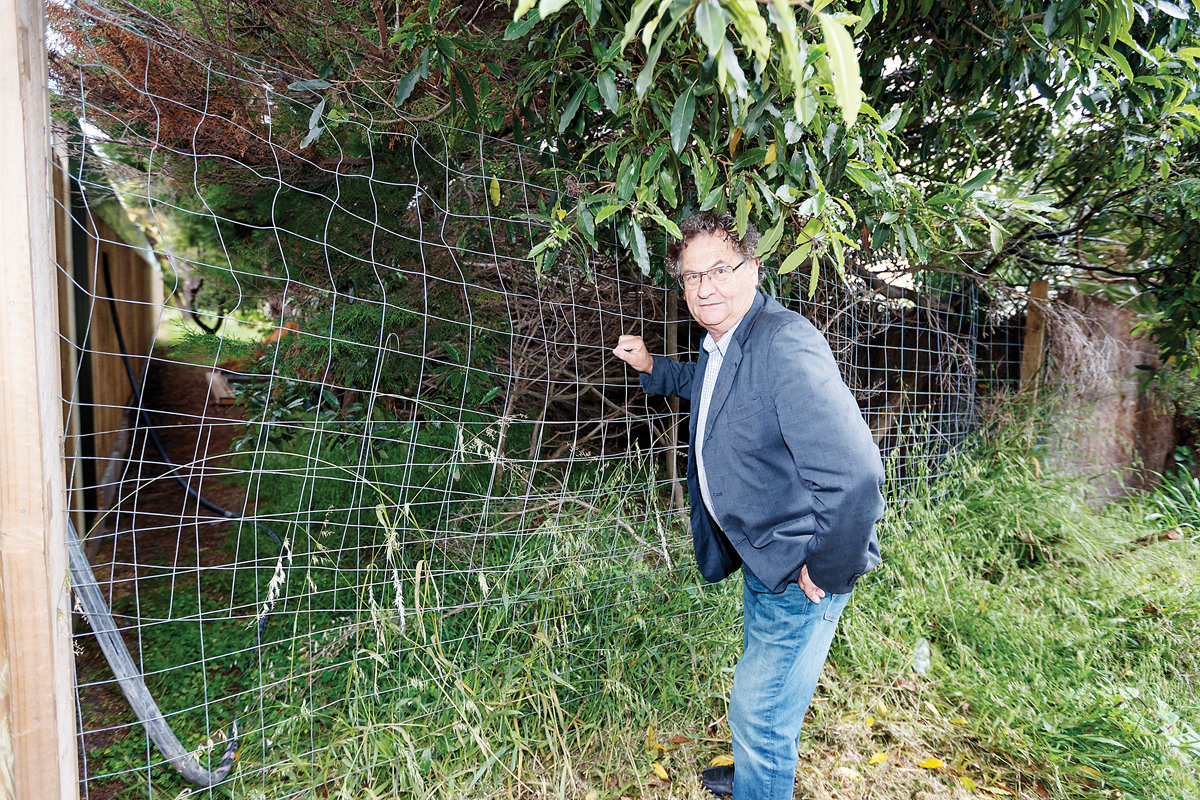INTEREST in a lane in Mount Martha has prompted moves to block further acquisition of unconstructed lanes and road reserves dotted throughout the Mornington Peninsula.
Many lane and road reserves marked on 19th century subdivisions are now potentially valuable parcels of land.
The lanes or road reserves in contention usually run through a subdivision, with houses backing onto them from both sides.
Earlier this year a 152 square metre section of unconstructed road between Kilburn Grove and Glenisla Drive, Mount Martha was acquired by a Kilburn Road property owner under adverse possession laws, sparking fears that other residents could lose access to the lane should another property owner decide to do the same.
Mornington Peninsula Shire Council is proposing to acquire another section of the unconstructed road between Kilburn Grove and Glenisla Drive, but a Glenisla Drive property owner who did not want to be named, said he feared it could be too late.
“I believe another Kilburn Grove land owner would like to acquire the section between us, so the council needs to be on top of this and they clearly are not,” he said.
Cr David Gill said the state government’s adverse possession laws were short-changing ratepayers.
He said ratepayers were potentially missing out on hundreds of thousands of dollars because adverse possession laws did not require land owners to buy the parcels of land in question.
“We [the council] have been working very hard on this, trying to go through records to find out where this law applies, and making efforts to acquire the title,” he said.
“I’ve been pushing this, but it’s a slow process going through the land titles office. It’s on the state government to change this rule.”
Gill said he was concerned about the long-term effects of land acquisition by individuals using “ancient” adverse possession regulations.
“We are losing valuable public land where it has not been put under title by local government or the state government. If it was already Crown land it could not be acquired using the titles office, which gives a quick, permanent result with no public scrutiny,” he said. “It is time that the state government stopped giving away public land.
“We should all be wary as this is also happening with private land where residents acquire land even if it is under title.
“This can be done after 15 years by methods such as moving fences or proving that they look after your land.”
The doctrine of adverse possession has had a long history in English law – but ultimately comes from Roman law – and was inherited by the Australian legal system from England, meaning it is based on common law. Many of the lanes it relates to in Melbourne were for “night carts” where deliveries and pickups were made by horse and cart.
It is a common concept in the UK, where each year the Land Registry receives around 20,000 applications for adverse possession, with about three quarters of the applications decided in favour of the adverse possessors.
Adverse possession – sometimes known as squatters rights – stems from common law and allows someone to claim ownership over a piece of land if they can prove they have had uninterrupted and exclusive possession (by fencing or building on it) for at least 15 years. In the case of road reserves the exclusive possession must be more than 30 years. In 2004 adverse possession was changed to eliminate Crown land, and now sometimes only applies to private land.
The Glenisla Drive land owner said he complained to the council when the land was fenced off and landscaped, but it took two years for council to act.
“I am trying to protect my right to have use of this land also, but I don’t think the council acted fast enough after I let them know what was happening,” he said.
“This is potentially going to happen all over the shire and people need to be aware of it and that council has the ability to stop it if they act.”
The shire’s property and commercial services acting manager Jo Kaylock said the council was transferring a section of laneway between Glenisla Drive and Kilburn Grove into council’s name.
“Once this is done, we will begin any necessary processes under the council’s community amenity local law 2022 to remove all unauthorised works,” she said.




